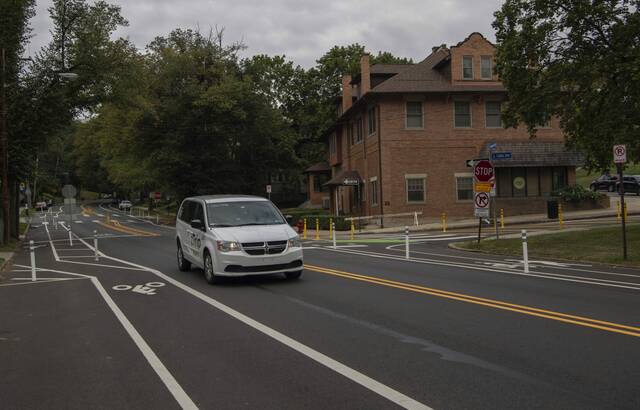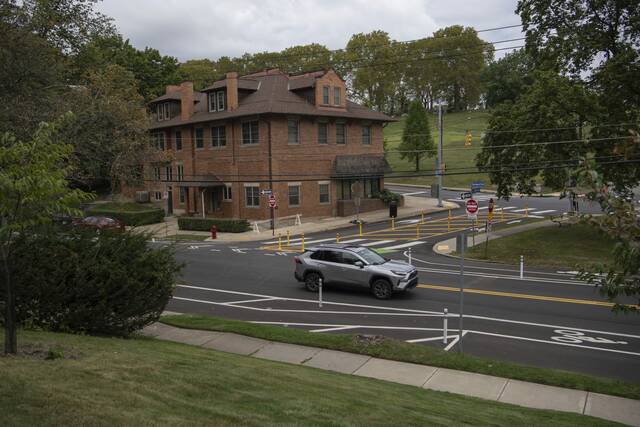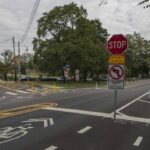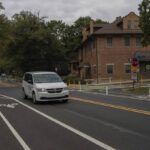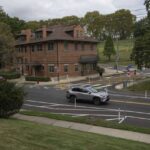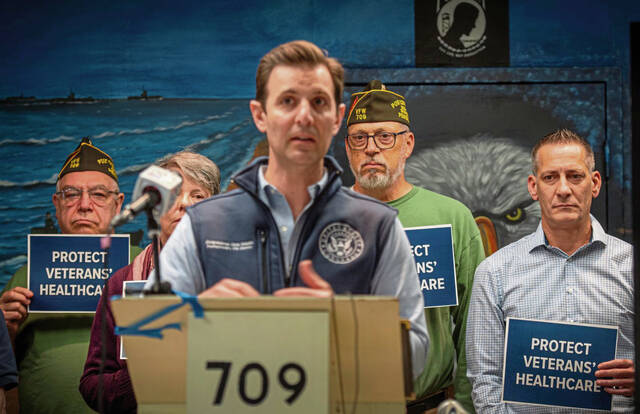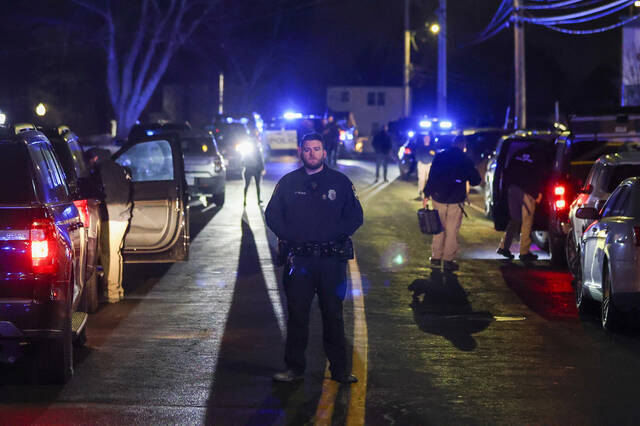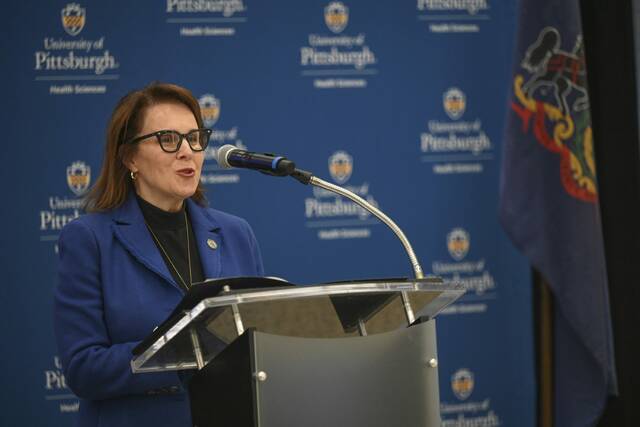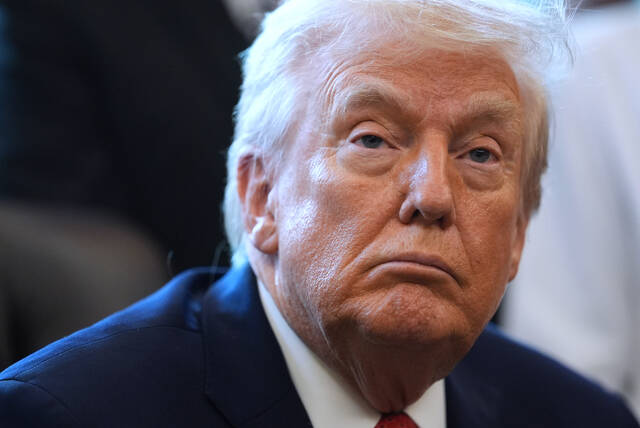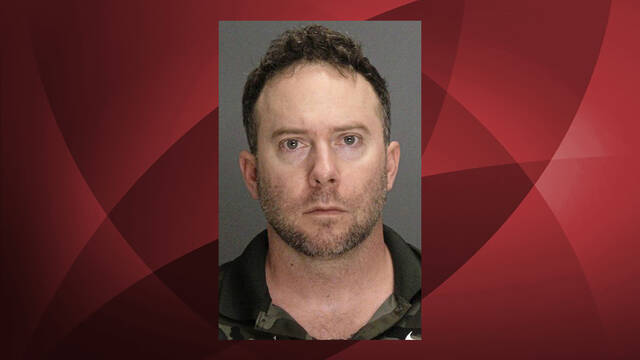Changes made to traffic patterns around Pittsburgh’s newly constructed Fern Hollow Bridge have resulted in confusion and frustration for some motorists, who argue that the changes are making the area less safe and have boosted driving times.
The new span in Frick Park reopened last December, replacing a bridge that had collapsed less than 11 months earlier, with new traffic plans in place. South Dallas Avenue, which was previously a two-way thoroughfare, became a one-way street for southbound traffic only between Forbes Avenue and Beechwood Boulevard. It later was reduced to a single lane.
Other changes included adding a stop sign on Beechwood Boulevard eastbound at South Dallas Avenue and closing a ramp between Beechwood Boulevard and Forbes Avenue to vehicle traffic.
Some residents had voiced concerns about the proposed changes when they were announced, but city officials said they couldn’t delay the work because the changes were included in the $25.3 million federally funded project to reconstruct the Fern Hollow Bridge.
Steve Albert of Squirrel Hill, who had expressed worries about the initial changes, said he’s even more frustrated now that the portion of South Dallas that was made into a one-way street has also been cut down to a single lane.
“There have been a lot of confused drivers,” he said. “Quite honestly, what I see is a lot of frustration.”
Albert said he’s particularly worried about the potential for head-on collisions if people aren’t aware of changes and that the new traffic patterns are increasing people’s commute times. He also said he’s concerned that the changes could make it harder for emergency vehicles to get through in a hurry and that frustrated drivers who are delayed by the new changes could resort to dangerous aggressive driving behaviors.
He said city officials have told residents the traffic time the changes added would be “negligible.”
“That’s not true,” he said, adding that cars back up as they’re waiting for people who are trying to make left turns.
If this intersection becomes more burdensome for people, he said, drivers may detour to other intersections that aren’t designed to handle the extra traffic.
Aviva Lubowsky, said she lives about two blocks away from the intersection of South Dallas and Beechwood. She said she thinks there’s good and bad in the recent changes.
“I think it’s a real mixed bag,” she said. “There’s no doubt in my mind it’s better for pedestrians and bikers. I have walked and biked that area since the changes have been made, and I do feel safer and there’s more access, and that’s great. But the thing I do most there is drive, and it’s not better for drivers.”
She said traffic is “terrible” most mornings as she’s trying to drop her kids off to school, and she’s “really sad” she can’t make the turn from Beechwood onto South Dallas that easily connected her to the Parkway East and other parts of town anymore.
Councilwoman Barb Warwick, D-Greenfield, said the goal of the project was to improve safety, particularly for families who wanted better pedestrian infrastructure in the area.
“There was also desire from the bike community to make it safer to bike along that corridor,” she said.
Warwick acknowledged it’s been a “challenging project” with many differing perspectives and priorities.
“Any change in traffic patterns does take some getting used to,” she said.
Warwick said she’s requested additional signs to help people adjust to the changes and navigate the area more easily. Pavement markings are in place to make it clear that drivers can’t go both ways on the impacted portion of South Dallas anymore, she said.
“While these things do take some getting used to, our traffic engineering team really does have safety as the very top concern in everything it does,” Warwick said.
She said the Department of Mobility and Infrastructure is “monitoring that intersection very closely to ensure the safety changes that were intended” are working.
Olga George, a spokesperson for Mayor Ed Gainey, declined to provide any data the department may have collected on the intersection or crash data from the site. She could not say what data is used when implementing such changes.
“Changes at the intersection of Beechwood (and) Dallas were completed to improve safety of our vulnerable road users, pedestrians and cyclists,” George said in a statement. “This is a short-term fix and we know, like many other intersections in our city, there is more that can be improved upon and we will continue to pursue and investigate long-term improvements at this location as budgetary constraints permit.”
Jeremy Kazzaz, of Squirrel Hill, said he wants to see a more data-driven approach to handling such changes.
“I think they took a complicated intersection and made it into a more complicated intersection,” he said.
Kazzaz said he feels the intersection — even with its recent changes — is too “dangerous” to bike through. When cycling, he said, he finds other routes that feel safer.
He said he’d like to see local leaders reach out to the community for further discussions on how traffic patterns in the area could be improved to make them safer and more efficient for everyone.



